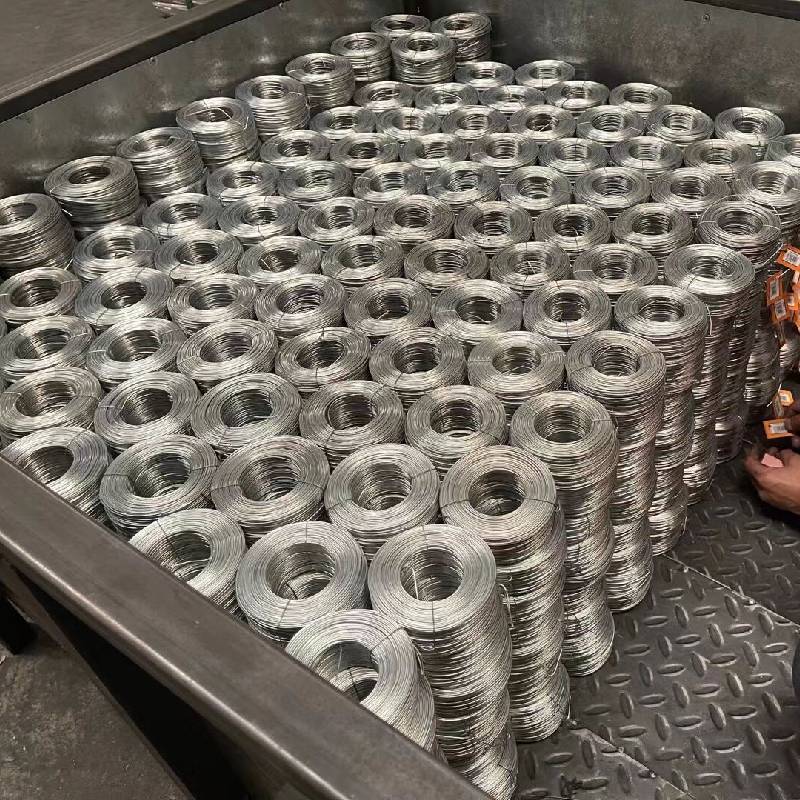
- Mobile Phone
- +8613931874955
- sales@cntcmetal.com
Customizable Compression Spring for Enhanced Performance and Flexibility in Various Applications
Understanding Adjustable Compression Springs A Comprehensive Overview
Adjustable compression springs are a specialized type of spring designed to provide customizable force and deflection for a range of applications. These springs are widely used in various industries, including automotive, aerospace, manufacturing, and consumer goods, due to their unique ability to adapt to specific needs while maintaining structural integrity and performance.
What is an Adjustable Compression Spring?
At its core, an adjustable compression spring operates on the principle of storing mechanical energy when compressed and releasing that energy when allowed to expand. Unlike standard compression springs, which have fixed dimensions and properties, adjustable compression springs can alter their characteristics based on the user’s requirements. This adjustability is often achieved through designs that incorporate features like adjustable coil pitch, variable wire thickness, or mechanical components that modify the spring's tension.
Key Features and Benefits
1. Customization One of the most significant advantages of adjustable compression springs is their ability to be fine-tuned for specific applications. This customization allows engineers and designers to achieve precise performance criteria, ensuring that the spring meets the demands of its intended function.
2. Versatility These springs are incredibly versatile and can be used in numerous applications. They are suitable for use in machinery, suspension systems, seats, cushioning systems, and more. The adjustable nature of the springs makes them ideal for prototype development and applications where conditions may change over time.
3. Longevity Adjustable compression springs are typically constructed from high-strength materials that enhance their durability and lifespan. When properly designed and manufactured, they can endure repeated cycles without significant wear, ensuring consistent performance over time.
4. Ease of Use Many adjustable compression springs are designed for straightforward installation and adjustment. This ease of use is beneficial in environments where ongoing tweaks and modifications are necessary.
Applications of Adjustable Compression Springs
The application range for adjustable compression springs is vast
adjustable compression spring

- Automotive Industry In automobiles, these springs may be used in suspension systems, seats, or engine covers, where varying forces are necessary to enhance functionality and comfort. Their ability to adjust the stiffness and response of components is crucial for improved vehicle performance.
- Consumer Products Many household items, like recliners or office chairs, employ adjustable compression springs to allow users to modify their seating comfort easily. This adjustability enhances user satisfaction and product usability.
- Industrial Machinery In manufacturing settings, these springs can help with load-carrying and shock absorption in machinery, adapting to different loads and improving operational efficiency.
Design Considerations
When designing an adjustable compression spring, several factors should be considered
1. Material Selection The choice of material influences the spring's performance, durability, and resistance to fatigue. Common materials include stainless steel, carbon steel, and specialty alloys that can withstand various environmental conditions.
2. Spring Geometry The dimensions, including coil diameter, wire diameter, and number of active coils, must be optimized for the specific application. Proper geometric design is crucial for achieving the desired force and deflection characteristics.
3. Adjustment Mechanism The method of adjustment—whether through mechanical means or design modifications—must be user-friendly to ensure efficiency and functionality.
4. Testing and Validation Prior to production, extensive testing is required to validate the spring’s performance under real-world conditions. This includes measuring load characteristics, fatigue life, and responsiveness to adjustments.
Conclusion
In conclusion, adjustable compression springs are a vital component in the design and functionality of various devices across multiple industries. Their ability to offer customization, versatility, and durability makes them an essential element in modern mechanical engineering. As technology advances and industries continue to evolve, the demand for adaptable solutions such as adjustable compression springs will likely increase, paving the way for further innovations and applications in the future. Embracing these spring designs can lead to enhanced performance, efficiency, and user satisfaction in countless applications, making them a valuable investment for engineers and manufacturers alike.
share:
-
Your Source for Concrete Wall Ties and Masonry AccessoriesNewsJul.10,2025
-
Unlocking the Power of Iron Wire for Every ProjectNewsJul.10,2025
-
Explore Advanced Chain Wire and Stainless Steel Mesh FencingNewsJul.10,2025
-
Discover the Benefits of Annealed Wire ProductsNewsJul.10,2025
-
Discover China Stainless Steel Wire Mesh SolutionsNewsJul.10,2025
-
Build with Confidence Using High-Performance Masonry AccessoriesNewsJul.10,2025
-
Why Sacrificial Formwork Is Redefining Underground ConstructionNewsJun.06,2025



















